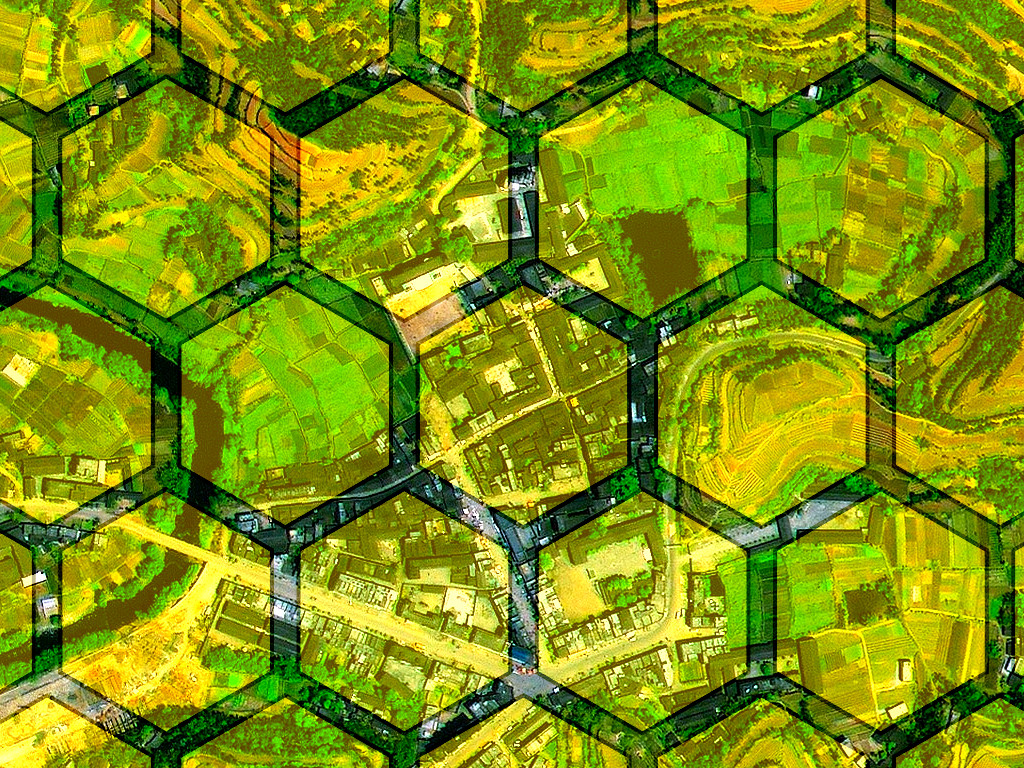Nature has inspired town planners in an unusual way. The hexagonal pattern of honey-comb is chosen by bees for the close-packed arrangement and efficient use of space and this has led city designers to create plans for blocks to be six sided.
A new ‘hexasect’ street system is being trialed in China in a bid to curb traffic before it begins. The ‘hexasect’ design was first suggested over a decade ago, yet only recently, with the aid of advanced computer generated trials, it has been shown that congestion can be reduced by more than a quarter compared with traditional square or Cartesian based road systems.
“It’s counter-intuitive to the way we would normally plan a city,” Xian Xiao, spokesperson for the HUA group in charge of planning the new town, “Yet the simulations show that there is no better way. Roads with one and only one intersection and a clear set of rules reduces the need for negotiation. It scales incredibly well.”
The new concept also allows for tighter packing of building, reducing the strain on infrastructure, leading to a more efficient city that is cheaper overall to operate.
“The naming of streets may take some getting used to, since there are no long-running streets, however we are confident that this is a minor drawback to a very enticing prospect.”

